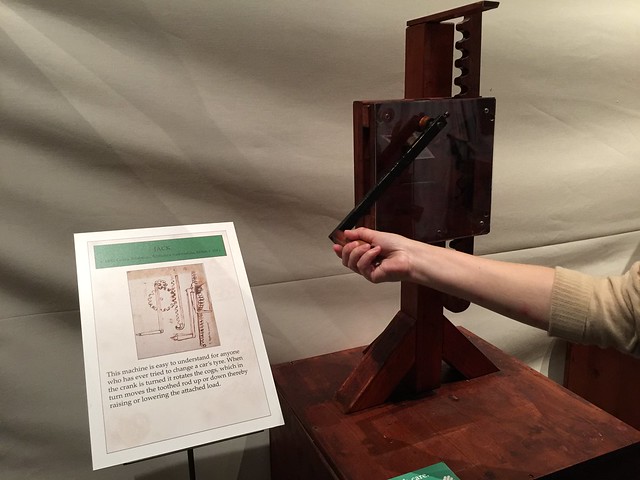 A few years ago (2015) my wife and I were in Christchurch, New Zealand, and we came upon this hands-on Da Vinci Mechanics Exhibit at the Canterbury Museum. I’d meant to share a post about it when we returned and I was reminded of that when I came across the Flickr album I had set up just the other day.
A few years ago (2015) my wife and I were in Christchurch, New Zealand, and we came upon this hands-on Da Vinci Mechanics Exhibit at the Canterbury Museum. I’d meant to share a post about it when we returned and I was reminded of that when I came across the Flickr album I had set up just the other day.
NOTE: Click on any photo in this post to enlarge it. Then you and your students can read the descriptions and see the drawings in more detail.
From the museum web site: “He studied the workings of nature’s devices and sought to recreate these as practical machines: machines for moving water, for war, for excavating, for drilling and, perhaps most famously, for flight. Exhibition highlights include the tank, the spring powered car, the hang glider, the air screw (the precursor of the helicopter) and a robotic drummer.”
What intrigued me were not only the devices themselves, but Da Vinci’s drawings that accompanied them (careful drawings of plans easily turn a STEM activity into STEAM). The fact that this was a hands-on exhibit multiplied the engagement exponentially.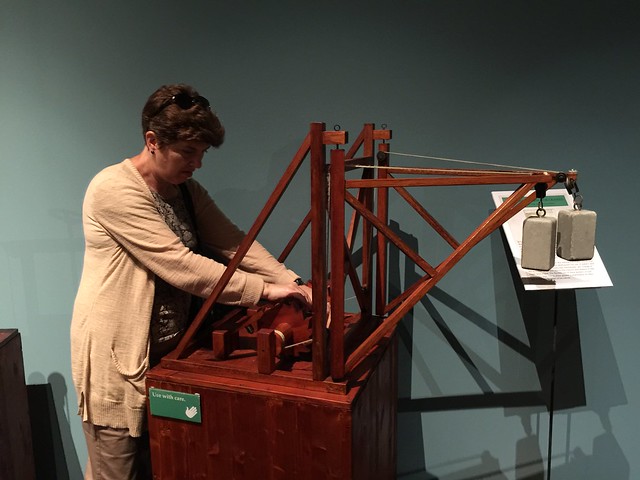
Da Vinci’s designs and devices are a great model for a class engineering/making STEAM experience. What devices and the drawings and explanations that go with them could your students design? Then share them online through Flickr or a blog or wiki or video-conference or … too many ideas to list. Many more photos here.
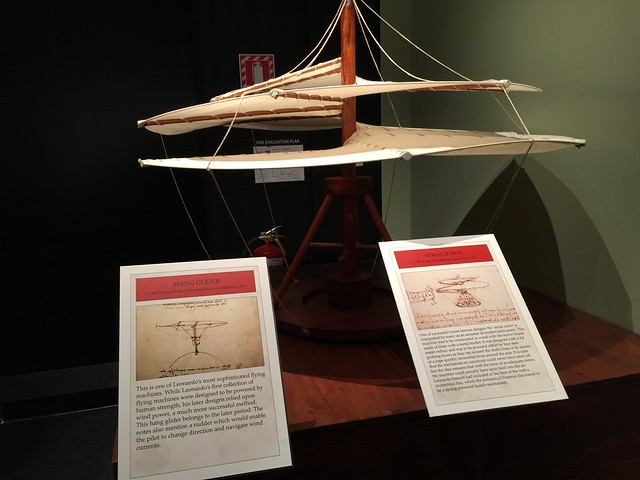
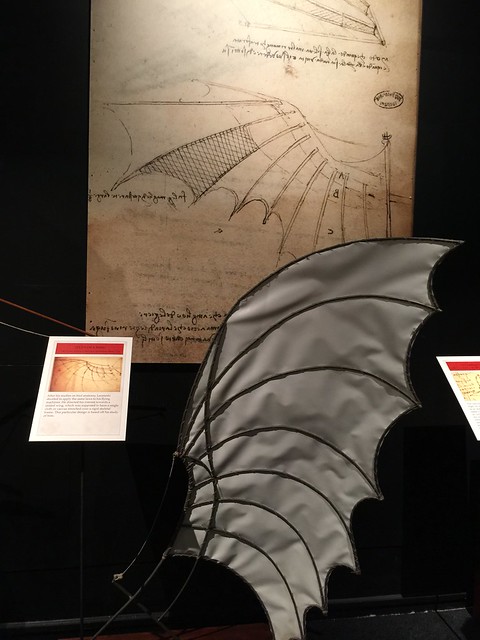
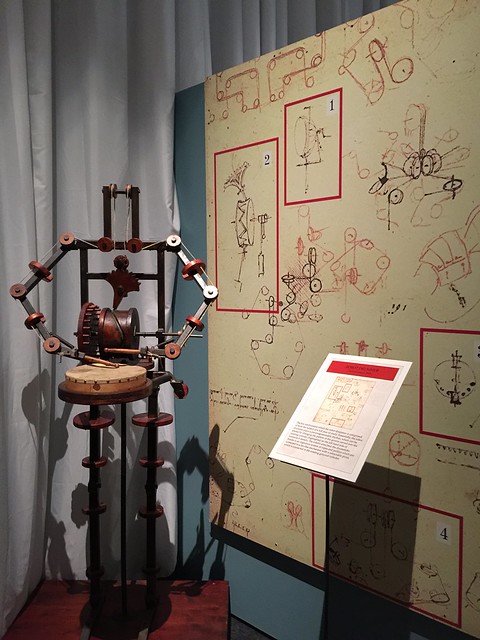
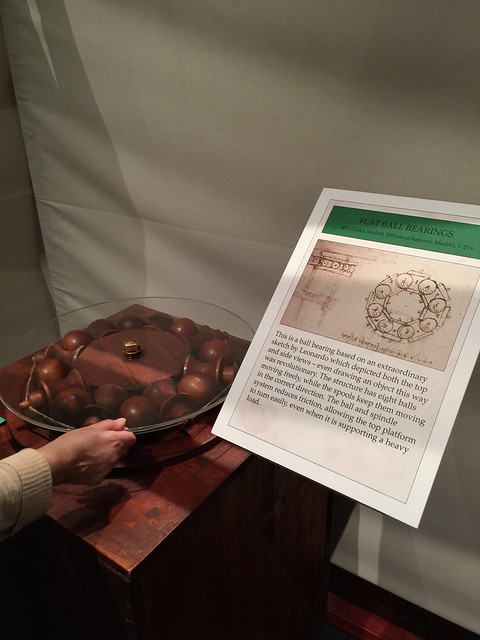 I noted online that this is a traveling exhibit so maybe see if it is scheduled to be coming to a museum near you. And I bet students could find just a bit more about Da Vinci if they search even a bit. Please share other ideas and links to any “Da Vinci inspired” devices your students “make.”
I noted online that this is a traveling exhibit so maybe see if it is scheduled to be coming to a museum near you. And I bet students could find just a bit more about Da Vinci if they search even a bit. Please share other ideas and links to any “Da Vinci inspired” devices your students “make.”
Learning is messy!

This is a great idea. I just found this wonderful bridge story, inspired by DaVinchi’s designs
http://equator.eftours.com/the-ef-passport/inspired-by-da-vinci-students-design-a-self-supporting-ice-bridge
Giving children the opportunity to explore ideas with their hands is a robust way to help them think critically. I once worked with a group of 6th-grade students studying The Age of Exploration (which we probably should rename to The Age of European Exploration). This group of five girls were so taken by the difficulty of navigation on the open sea that they built their own astrolabe. They were so excited that when I arrived at the school I was led outside to determine that where we stood was around 43 degrees North. Off by about 1 degree, I would be willing to wager that these now young 30 something adults still recall the experience with pride.
I believe that this is a great idea. It is very important for kids to have the opportunity to be hands-on, because it challenges them to think more critically. Da Vinci was a very smart man, who created many things, so the kids get to fully experience his inventions by working hands-on.
I caught a similar Da Vinci exhibit when it was held in Singapore a couple of years back. Worth every dollar and i encouraged my children’s school to take them on an excursion to see it as well. I found his engineering works to be particularly interesting – hydraulics, military etc.